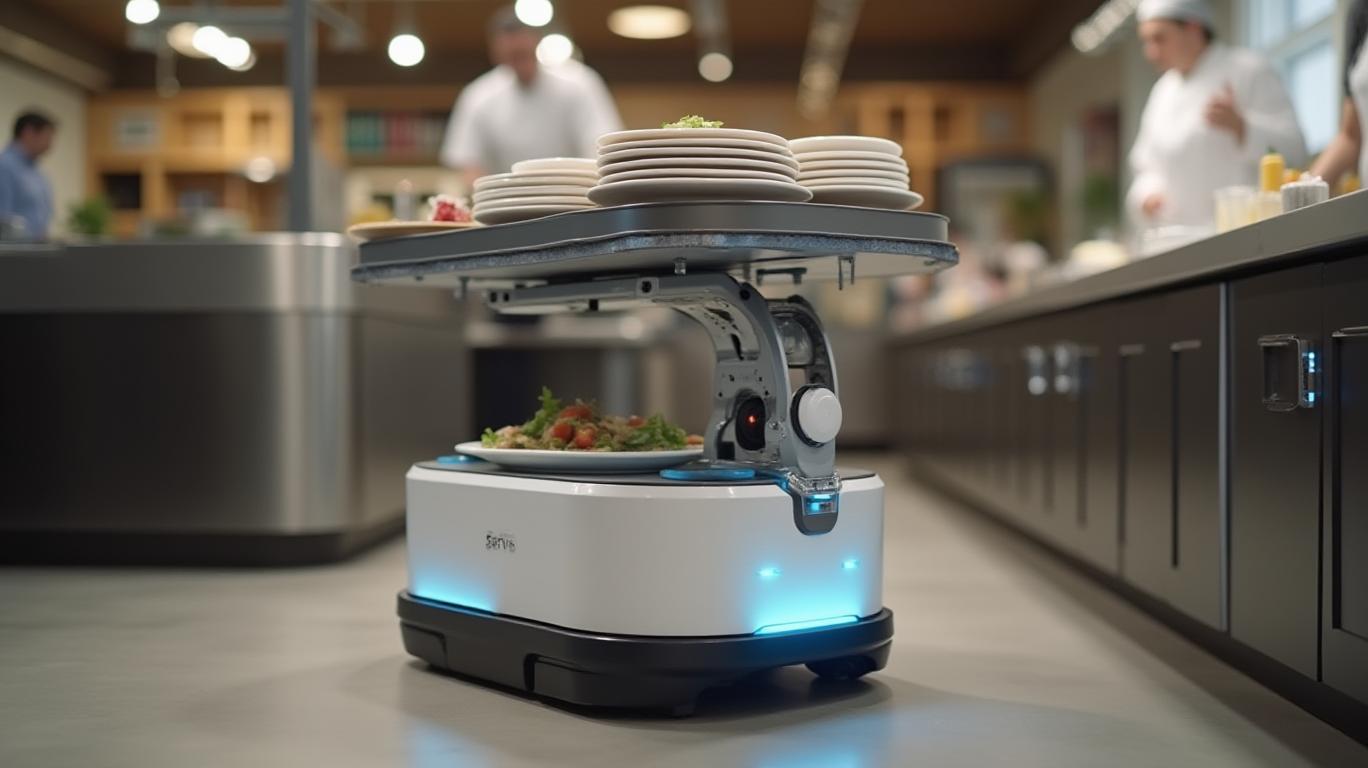Serve Robotics' Mysterious 7.8% Surge: What Drives a Stock Without News?
Serve Robotics’ 7.8% Spike: Unraveling the Silent Rally
Serve Robotics (SERV.O) surged 7.8% today without any apparent fundamental catalyst, sparking curiosity about what drove the move. Let’s dissect the data to uncover the likely culprits.
1. Technical Signal Analysis: No Classic Patterns in Play
The stock’s technical indicators show no major trend signals firing today. Key patterns like head-and-shoulders, double tops/bottoms, or MACD/death crosses all remained inactive.
| Signal Type | Triggered? | Typical Implication |
| Inverse Head & Shoulders | No | Potential bullish reversal |
| Double Bottom | No | Bullish continuation signal |
| RSI Oversold | No | Buying opportunity in dips |
| MACD Death Cross | No | Bearish momentum shift |
This lack of signals suggests the move wasn’t driven by traditional technical setups. The rally appears disconnected from textbook patterns, pointing to external factors.
2. Order-Flow Breakdown: High Volume, No Clear Clusters
Today’s trading volume hit 6.4 million shares, nearly double its 30-day average. However, no block trades or concentrated buy/sell clusters were reported.
- Net cash flow: No major institutional inflows or outflows detected.
- Volume spikes: The surge likely came from retail or algorithmic trading, given the absence of large block orders.
Without data on bid/ask imbalances, it’s hard to pinpoint where liquidity dried up or where institutions stepped in.
3. Peer Comparison: Mixed Signals Across Robotics/Artificial Intelligence Themes
Serve’s peers in automation and AI showed divergent performances, hinting at sector rotation rather than a unified trend:
| Stock | Price Change | Notable Movement |
| AAP | -0.08% | Flat despite Q2 earnings |
| AXL | +1.87% | Mild momentum |
| ALSN | +1.76% | Steady gains |
| ADNT | +3.97% | Outperformer in the group |
| BEEM | +3.31% | Small-cap volatility |
While
and saw sharp gains, Serve’s 7.8% jump stands out—it’s higher than most peers and lacks direct ties to their catalysts (e.g., ADNT’s 3.97% rise followed no news either). This suggests Serve’s spike might be isolated or driven by niche sentiment.4. Hypothesis: Retail FOMO or Algorithmic Noise?
Two leading explanations emerge:
Hypothesis 1: Social Media-Driven Retail Buying
- Backing: The stock’s small market cap ($536M) and high volatility make it a target for meme-stock traders.
- Data: The 6.4M share volume aligns with retail frenzy, especially if chatter on platforms like Reddit or Twitter amplified its name.
Hypothesis 2: Momentum Algorithms Piling into Relative Strength
- Backing: Serve’s 7.8% jump may have triggered relative strength models, which buy stocks showing higher gains than peers.
- Data: While peers like ADNT also rose, Serve’s outlier performance could self-reinforce via algorithmic trading.
5. Report: Serve’s Surge—A Case of Noise Over News
Serve Robotics’ 7.8% rally today lacks a clear fundamental trigger, making it a puzzle for analysts. Technical indicators offered no guidance, while order flow data suggests retail or algorithmic activity rather than institutional bets. Peers like ADNT and BEEM saw smaller gains, but Serve’s outsized move hints at speculative interest or momentum chasing.
The stock’s small size and high volatility historically attract traders playing short-term trends, even in the absence of news. Investors might be reacting to secondhand rumors or AI/robotics sector optimism spilling over from broader themes.
Bottom Line: Serve’s jump is likely a product of market noise—algorithms and retail traders pushing it higher in a vacuum of news. While exciting for short-term traders, the lack of fundamentals means this could reverse as quickly as it began.
Report ends.


Comments
No comments yet